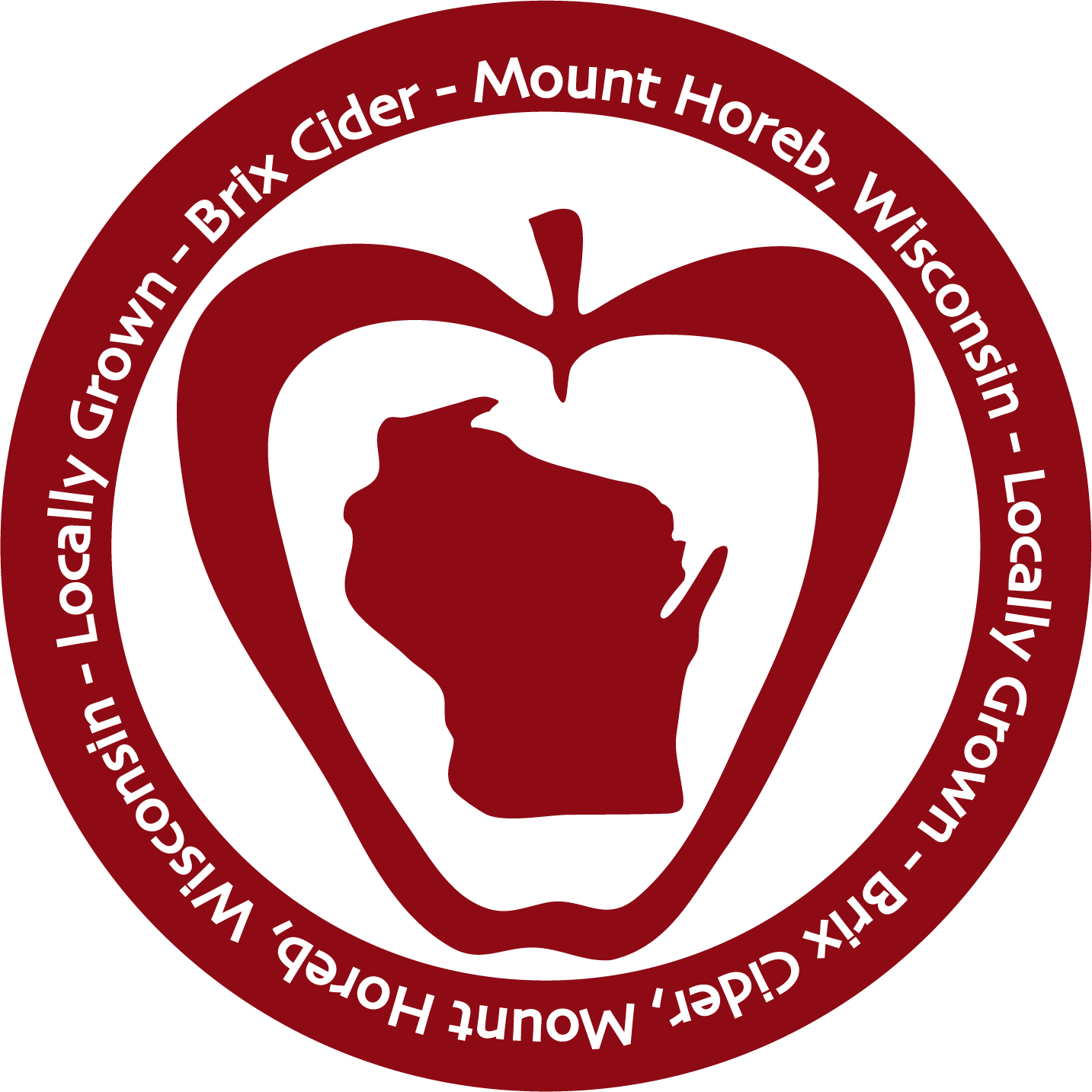Uncommon Crop Cider - Saskatoon
About
Saskatoon berries, also known as Juneberries and Serviceberries (Amelanchier alnifolia) are a native plant that grows on a large, spreading shrub. It looks like a blueberry and has a mild, sweet flavor with a hint of almond in the small, edible seeds. Saskatoons were a common food in Native American diets, and they were often used in making pemican.
Growing Saskatoons
Saskatoons are very cold hardy and well adapted to our local growing conditions in Southwest Wisconsin. They produce fruit early in summer, helping spread out the harvest season. Carandale Fruit Farm, our partner on this project has experience growing saskatoons, and more information about growing them is available here: http://uncommonfruit.cias.wisc.edu/?p=222
Making the Cider
To make the cider, we froze the saskatoons. Then we lightly crushed them after they thawed and put the juice and the whole berries into the cider during fermentation. We left the berries in for 2 weeks and then removed them. We added about 60 lbs serviceberries to a 50 gallon batch. After fermentation, we lightly sweetened the cider with honey.
Tasting the Cider
The flavor of the saskatoons was quite subtle and mild in the finished cider. There was a hint of something fruity other than apple and a little complexity that a cider without the fruit addition would not have had. When we first added the fruit to the cider, it took on a very attractive light bluish violet color, but unfortunately that color only lasted a few days and then faded out so that it didn’t look much different than a regular cider after fermentation. In the consumer tasting survey, the Saskatoon Cider scored a 6.08 out of 10, making it one of the lower scoring ciders. There was nothing wrong with the cider at all, but it didn’t pack the same flavor punch as some of the other crops that we tested.
Above: Small batch label for the Saskatoon Cider
Conclusions
While the saskatoon is quite pleasant to eat and while it is very well adapted to growing in local conditions, it didn’t lend itself well to use in a craft beverage simply because it was too mild in flavor to really come through in a memorable way. Perhaps the best uses for saskatoon are fresh eating and baking.

